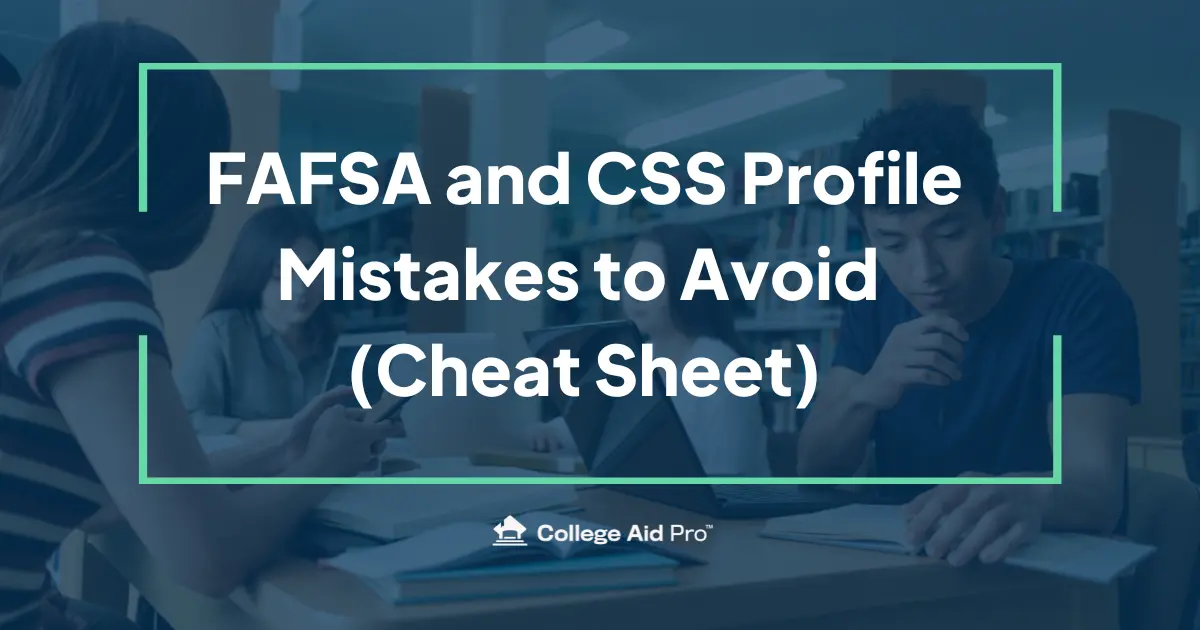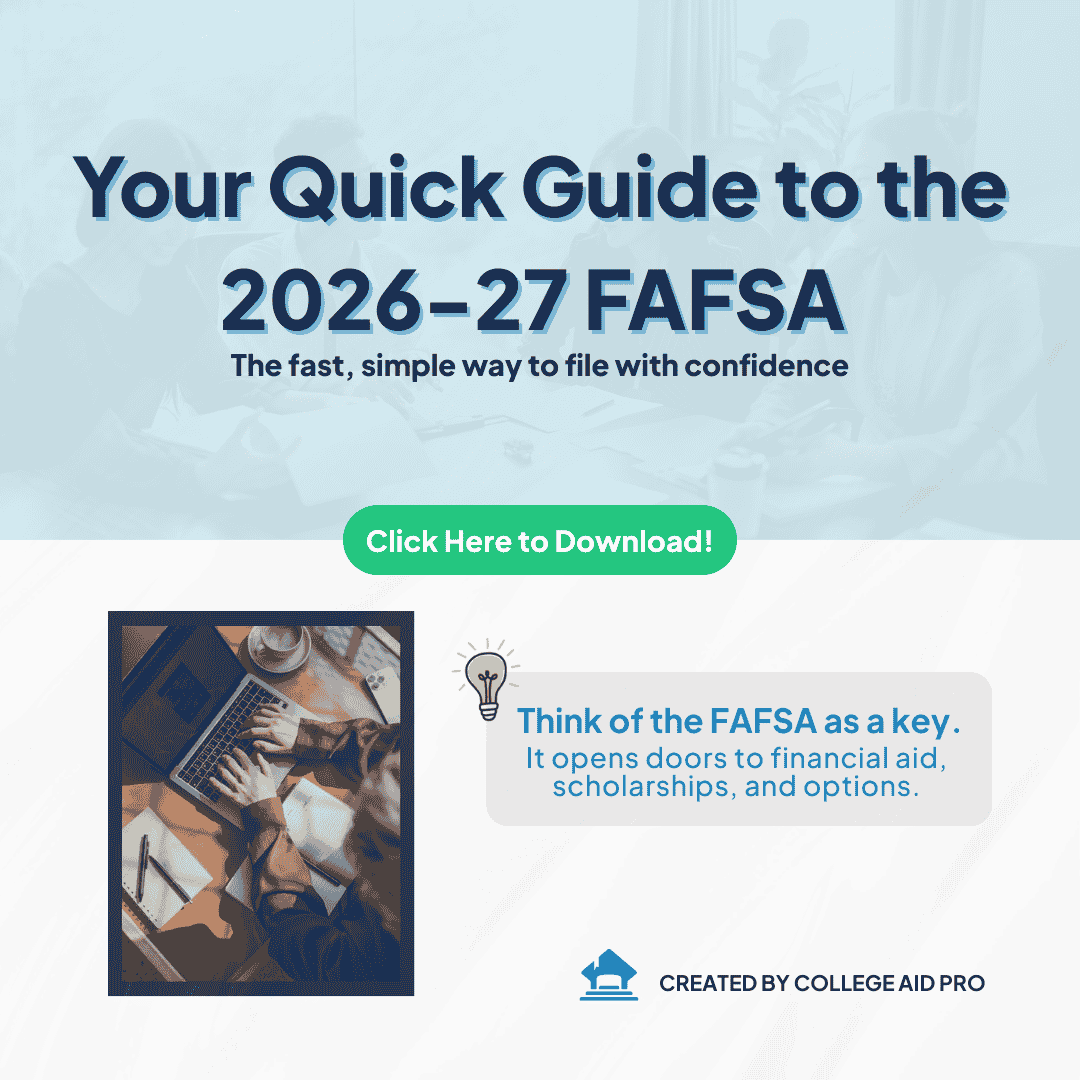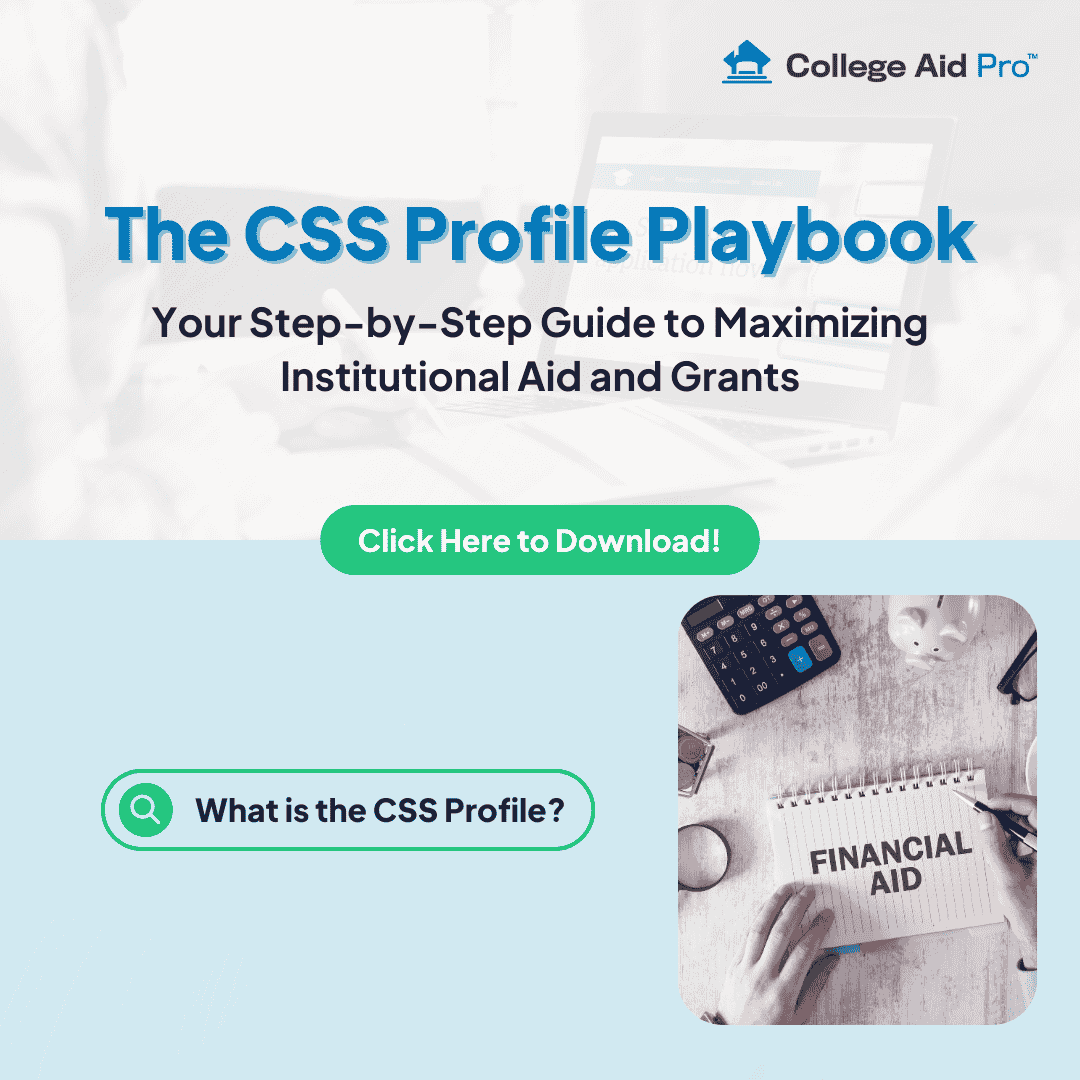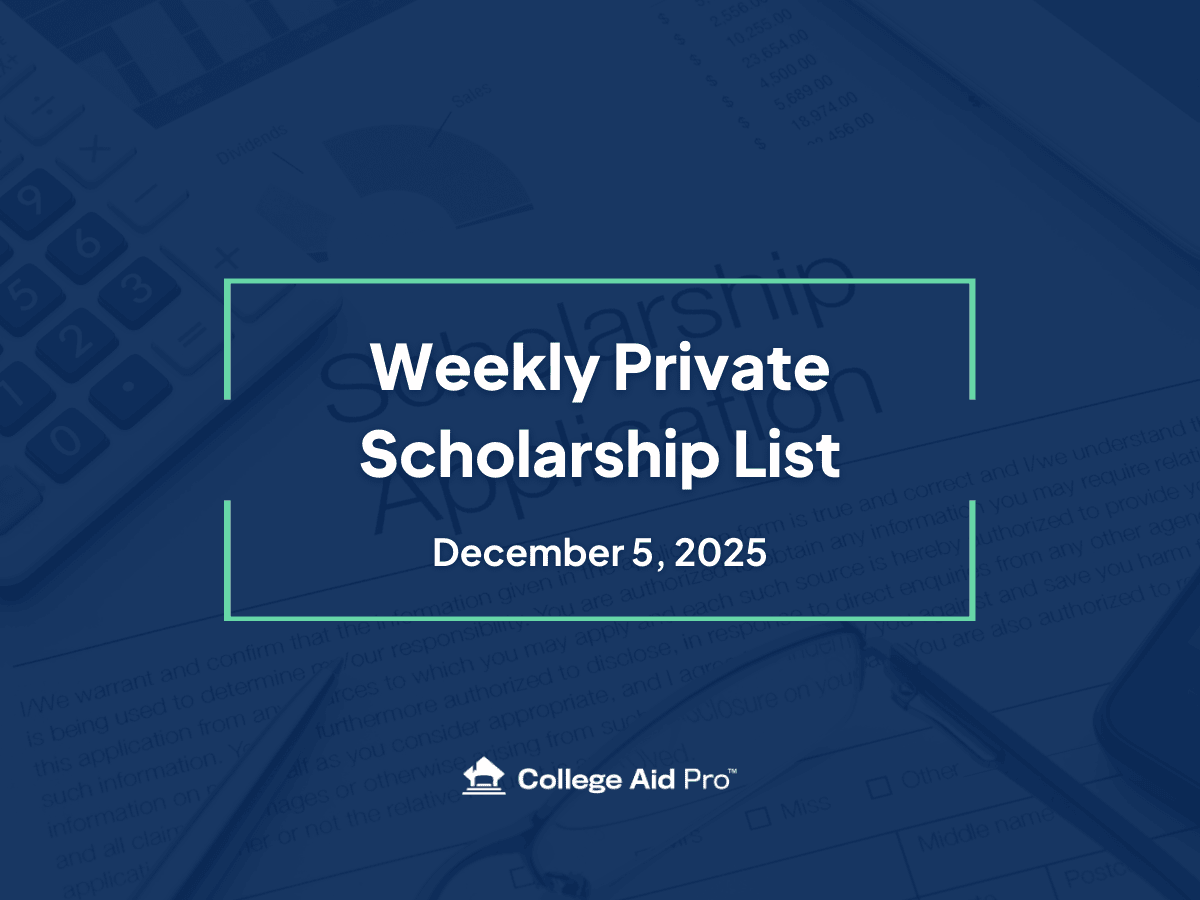FAFSA and CSS Profile mistakes to avoid (Your Quick Cheat Sheet)
Filling out financial aid forms shouldn’t feel like a boss fight. Use this cheat sheet to steer clear of the most common pitfalls on both the FAFSA and the CSS Profile—so you keep aid on the table and stress off your plate. This guide is up to date for the current FAFSA rules and the way most colleges treat the CSS Profile.
FAFSA vs. CSS Profile: the fast difference
- FAFSA (Free Application for Federal Student Aid) determines eligibility for federal aid—grants, loans, and work-study—and is used by nearly every college. It produces your Student Aid Index (SAI), the number schools use to gauge need.
- CSS Profile (run by College Board) is used by hundreds of mostly private colleges to award institutional aid. It digs deeper and may count things FAFSA doesn’t (like home equity).
Bottom line: Most families file the FAFSA. If your school requires the CSS Profile, you’ll file that too—often with information from both parent households.
Understanding FAFSA and CSS Profile mistakes to avoid can save you time and increase your financial aid chances.
Who’s the FAFSA parent?
For dependent students with divorced or separated parents who don’t live together, the FAFSA asks for information from the parent who provided more financial support during the last 12 months before you file. If support is truly 50/50, use the parent with greater income/resources. If that FAFSA parent is remarried, the stepparent’s information is required.
If parents are separated but still living together, report both parents on the FAFSA (similar to married/living together).
Quick setup checklist (don’t skip)
One common issue is failing to address FAFSA and CSS Profile mistakes to avoid when reporting income accurately.
- Every contributor must log in to their section, consent to the IRS Direct Data Exchange so tax info can be imported, and e-sign. No consent = incomplete FAFSA.
- List every college you’re considering; you can add or remove schools later.

FAFSA and CSS Profile mistakes to avoid (the cheat sheet)
Assets & income: what’s in, what’s out
-
- Do list parent-owned 529 plans as parent assets (FAFSA).
- Do treat a dependent student’s 529 (owned by the parent) as a parent asset (FAFSA).
- Do list parent-owned 529 plans as parent assets (FAFSA).
Review your application for any potential FAFSA and CSS Profile mistakes to avoid before submission.
- Don’t report balances for retirement accounts (401(k), 403(b), IRA, Roth IRA, pensions) as FAFSA assets.
- Don’t include primary home equity on the FAFSA.
- Do know the CSS Profile may count home equity, small business value, and other details. Policies vary by college—check each school.
Grandparent 529s: Under the current FAFSA, distributions from 529 plans not owned by the parent/student (e.g., a grandparent’s plan) are not treated as student income on the FAFSA. Some CSS Profile schools may still ask about these funds—read their questions closely.
FAFSA and CSS Profile mistakes to avoid: grandparent 529s.
Income year and projections
- Use the tax year the FAFSA asks for (the form tells you which year).
- Don’t forecast future income unless a college specifically requests it.
- Report child support as directed by the form (it’s handled in the income section, not as an asset).
Picking the right contributors
- Choose the FAFSA parent using the “more financial support” test for the past 12 months (tie → higher income/resources).
- Include the stepparent if the FAFSA parent is remarried.
- Don’t default to the parent who claimed the student on taxes or the “custodial” parent label; that’s no longer the deciding factor.
Real estate and businesses
-
- FAFSA: Primary residence not reported; investment properties are.
- CSS Profile: Many schools do consider home equity and business value. Don’t overvalue—use reasonable, well-supported numbers and keep notes on how you arrived at them.
- FAFSA: Primary residence not reported; investment properties are.
FAFSA and CSS Profile mistakes to avoid: Asset and income reporting.
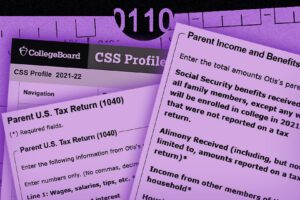
Special circumstances & appeals
-
- File on time first, then appeal. If your situation changed (job loss, medical expenses, one-time income), contact the financial aid office after you receive the award with documentation.
- File on time first, then appeal. If your situation changed (job loss, medical expenses, one-time income), contact the financial aid office after you receive the award with documentation.
Being aware of FAFSA and CSS Profile mistakes to avoid can help you navigate the appeals process effectively.
- Don’t write your full appeal in the FAFSA/CSS free-text boxes. Schools usually have a separate professional judgment or special circumstances process.
Work-study checkbox
-
- Check “Yes” if you’re open to work-study. It shows interest and doesn’t obligate you to accept a job or guarantee one.
Checking for FAFSA and CSS Profile mistakes to avoid can enhance your eligibility for financial aid.
Deadlines (the silent aid killer)
- Track each college’s priority deadline and your state deadline. Some funds are first-come, first-served.
- Start early: creating accounts, sending contributor invites, and e-signing often takes longer when two households are involved.
CSS Profile specifics (if your schools require it)
Familiarizing yourself with FAFSA and CSS Profile mistakes to avoid is crucial for a smooth application process.
- Expect more detailed questions about home equity, small business value, medical/tuition expenses, and stepparent finances.
- Many schools require a Noncustodial Parent Profile. If there’s no contact or safety issues, ask about a waiver early.
- Parents complete separate applications, and neither sees the other’s data—but colleges use both to build the institutional aid offer.
Smart moves that pay off
-
- Build a one-page tracker. Columns for each school: FAFSA only or FAFSA+CSS, noncustodial required (Y/N), priority deadline, portal login link, appeal contact.
- Decide the FAFSA parent with receipts. List who paid for housing, food, insurance, medical, tuition, books, and activities over the last 12 months.
- Answer only what’s required. Extra detail in free-text areas can create confusion or slow processing.
- Keep documentation handy. Tax returns, W-2s/1099s, business schedules, mortgage statements, and a short note if you had one-time income (bonus, sale of stock, etc.).
- Update schools proactively if circumstances change after filing.
- Build a one-page tracker. Columns for each school: FAFSA only or FAFSA+CSS, noncustodial required (Y/N), priority deadline, portal login link, appeal contact.
FAFSA and CSS Profile mistakes to avoid: Updating schools promptly can help mitigate any promptly.

Quick FAQs
Do college savings reduce financial aid?
Parent-owned 529s count as parent assets on the FAFSA (lower impact than student assets). Qualified withdrawals aren’t student income under current FAFSA rules. CSS Profile treatment can vary by school.
Is the SAI what I’ll actually pay?
No. The Student Aid Index is an eligibility number, not your bill. Colleges build offers using SAI plus their own policies, budgets, and how you compare to other applicants.
Do both households file the CSS Profile?
Often, yes—especially at private colleges. Plan for two parent applications (including stepparents) unless a waiver is granted.
Can I appeal a disappointing offer?
Usually. After you receive the award, share documentation of special circumstances or a better competing offer. Be clear, brief, and specific.
Your 10-minute action plan
Your 10-minute action plan should include checking for FAFSA and CSS Profile mistakes to avoid.
-
- List your colleges and mark who requires FAFSA only vs. FAFSA + CSS Profile (and whether a noncustodial form is needed).
- Identify the FAFSA parent using the more-support rule (tie → parent with higher income/resources).
- Create StudentAid.gov accounts for the student, FAFSA parent, and stepparent (if applicable); complete consent and e-signing.
As you create accounts, remember to consider any FAFSA and CSS Profile mistakes to avoid that could affect you.
- File early and use this cheat sheet + Our FAFSA Guide to avoid the biggest mistakes.
- Appeal thoughtfully if your award doesn’t reflect your reality—back it up with documents.
You’ve got this. A few careful choices now—especially around contributors, assets, and deadlines—can mean real money later. If you want a co-pilot, our team helps families complete forms line-by-line and craft strong appeals so you can focus on choosing the right school, not decoding the fine print.
Click Here to Download a Quick Step-By-Step Guide to File the FAFSA with Confidence! 💌
